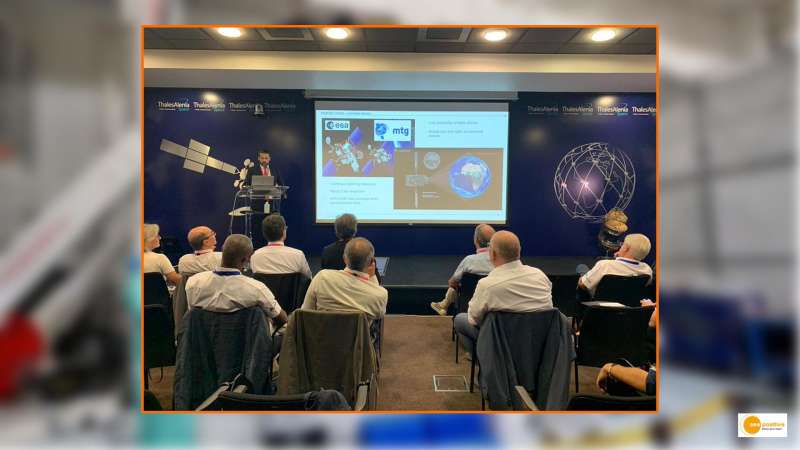

Europe has unveiled the first of a 4 billion euro ($4 billion) family of satellites designed to provide earlier warning of extreme weather that has wreaked havoc around the world in 2022.
The MTG-I1 satellite, the result of 12 years of development for the European Space Agency and the 30-nation EUMETSAT, will be launched on an Ariane 5 rocket by the end of this year, providing sharper eyes in space over Europe and Africa.
The 3.8-tonne spacecraft will begin transmitting images in 2023 and will be joined in geostationary orbit by three more MTG-I imaging satellites and two MTG-S “sounding” satellites capable of slicing the atmosphere like a medical scanner by 2030.
Forecasters hope to gain valuable hours in predicting near-term storms and floods, which can be fatal.
Scanning atmosphere will provide more accurate picture
Furthermore, scanning the atmosphere will provide a more accurate picture of current conditions to feed into their computerised models.
“There is a real challenge today … to be able to compute the initial (weather) state,” said Herve Roquet, deputy director of research at Meteo France.
The initiative highlights a race to deal with weather disruption caused by global warming, which is expected to cost $100 billion globally in 2021 alone.
While the MTG-I imaging satellites will bring Europe in line with the GOES-R operated by NASA and the National Oceanic and Atmospheric Administration, albeit with a newer lightning mapper, the MTG-S will be the first to deploy sounders in space.
According to European officials, China has experimented with the technology with lower accuracy but has yet to deploy it, despite the fact that Beijing’s space programme is rapidly developing.
Scanning technique will detect storms before they appear
Engineers believe the sounding or scanning technique will detect storms before they appear on traditional radar.
As the storm is developing, we can see it. It is picking it up and we can then predict it,” said Paul Blythe, MTG programme manager at the European Space Agency.
Engineers swarmed around the satellite, shaped like a small truck, on September 7 at a shorefront clean-room complex run by Franco-Italian Thales Alenia Space in Cannes, France, to make final checks before its solar array is installed in the coming days.
Their clean-room gowns were emblazoned with logos representing the European system in which companies share work based on national investment, with Thales Alenia Space leading the project in collaboration with Germany’s OHB and Italy’s Leonardo.
“The more responsive and more capable these satellites are the better they can follow extremely dynamic weather events,” said Cristian Bank, development director at EUMETSAT.


